Home>Ideas and Tips>Upgrading Your Home’s Doors For Better Energy Efficiency
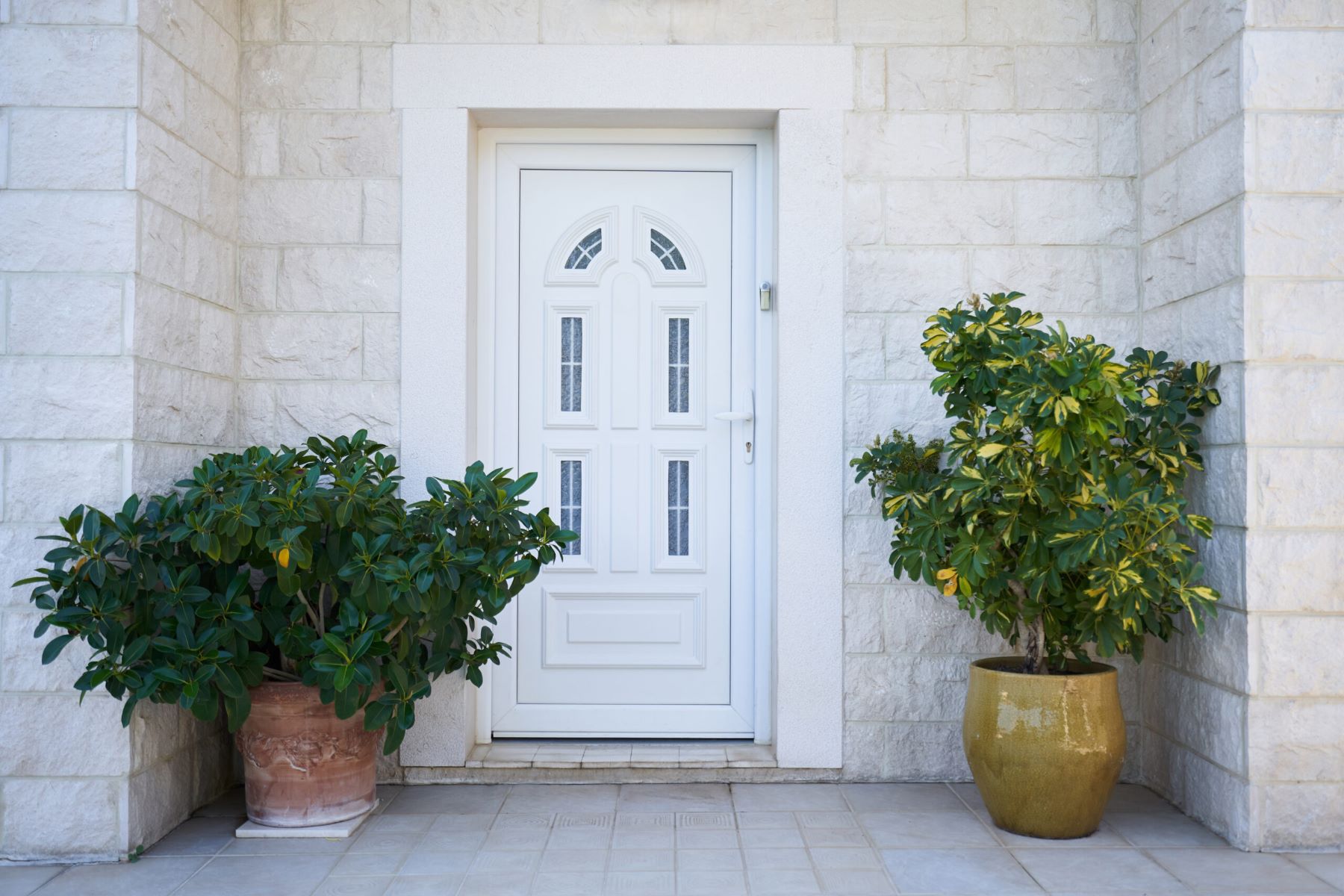

Ideas and Tips
Upgrading Your Home’s Doors For Better Energy Efficiency
Published: August 31, 2024
Upgrade your home's doors for better energy efficiency, lower utility bills, and enhanced comfort. Discover the benefits and options for energy-efficient doors.
(Many of the links in this article redirect to a specific reviewed product. Your purchase of these products through affiliate links helps to generate commission for Storables.com, at no extra cost. Learn more)
Upgrading your home's doors for better energy efficiency is a smart move. It can save you money on utility bills, make your home more comfortable, and even help the environment. But how exactly do energy-efficient doors make such a difference? Let's break it down.
The Hidden Costs of Inefficient Doors
Inefficient doors can be a real drain on your wallet. They let air leak in and out, causing your heating and cooling systems to work overtime. This not only increases your energy bills but also makes your home less comfortable. Imagine sitting in your living room and feeling a cold draft in the winter or a hot breeze in the summer. That's your inefficient door at work. According to Energy.gov, exterior doors can be a major source of heat loss if they're poorly sealed or inadequately insulated. Older doors often have gaps, cracks, or worn-out weatherstripping that allow air to leak in and out. This can lead to cold air creeping inside during winter and heat seeping indoors during summer, causing drafts and uneven temperatures. As a result, heating and cooling systems must work harder to compensate for these fluctuations, leading to increased energy consumption and higher utility bills.
The Benefits of Energy-Efficient Doors
Switching to energy-efficient doors can solve these problems. These doors are designed to keep your home at a steady temperature, reducing the need for constant heating or cooling. They come with better insulation and tighter seals, which means less air leakage. This makes your home more comfortable and can significantly lower your energy bills. Plus, many energy-efficient doors are made from sustainable materials, so you're also doing your part for the environment. Energy-efficient door models with the Energy Star label are manufactured to meet stricter EPA energy guidelines, ensuring their performance in lowering your home’s overall energy use. These doors offer superior insulation abilities, regulating indoor temperatures more effectively and putting less strain on heating and cooling systems. This results in a more comfortable indoor environment and significant savings on heating and cooling costs.
Noise Insulation and Condensation Prevention
Energy-efficient doors aren't just good for your wallet and the planet; they're also great for your peace of mind. These doors can block out a lot of outside noise, making your home a quieter place to live. They also help prevent condensation, which can lead to mold and water damage. Properly sealed doors can keep out outside noise, creating a quieter living space. Additionally, they help prevent condensation from forming on the glass or metal surfaces of the doors, which can lead to mold growth and water damage.
Types of Energy-Efficient Doors
When it comes to choosing energy-efficient doors, you've got options. Here are a few:
- Wood Doors: These are classic and durable but can warp over time and need regular maintenance.
- Wood-Clad Doors: These have a wood exterior and an insulating core, offering better insulation than solid wood doors.
- Vinyl Doors: Made from durable plastic, these doors resist weathering and warping and are low maintenance.
- Aluminum Doors: Lightweight and corrosion-resistant, these are great for coastal areas but may need extra insulation.
- Fiberglass Doors: These mimic wood but offer superior insulation and are low maintenance.
Choosing the Right Type of Door
Picking the right door depends on a few factors:
- Climate: If you live in a place with extreme temperatures, look for doors with advanced insulation features like thermal breaks or multi-pane glass.
- Budget: Energy-efficient doors might cost more upfront, but they'll save you money in the long run.
- Style: Make sure the new door matches your home's look to keep its aesthetic appeal.
Proper Installation and Maintenance
Getting the most out of your new door means installing it right. A professional installation ensures your door works as it should and lasts a long time. Regular maintenance is also key. Check the weatherstripping regularly and replace it if needed to keep a tight seal.
Weatherstripping: A Cost-Effective Solution
If you're not ready to replace your doors, weatherstripping is a great alternative. It's cheap and can make a big difference in your home's energy efficiency. You can find weatherstripping in materials like foam tape, felt, and vinyl. By sealing gaps around doors and windows, you can prevent air leakage and reduce heat transfer. Some options cost as little as $20, making it a wise investment for homeowners looking to save money on utility bills while also positively impacting the environment by reducing their carbon footprint.
Long-Term Benefits
Investing in new windows and doors with improved insulation and energy efficiency may seem expensive initially, but the long-term cost benefits far outweigh the expense. With reduced energy consumption resulting in significant cost savings year-round, taking the time to do research and invest in modern window and door technology is a wise decision for homeowners looking to reduce their carbon footprint and save while doing so.
California's Title 24 Requirements
California's Title 24 demands strict requirements on window and door manufacturers to meet energy efficiency standards established by the state. This not only lowers energy bills and reduces the carbon footprint for homeowners but requires builders and architects to comply with installation guidelines and regulations. By upholding these requirements, product manufacturers are further incentivized to produce efficient and sustainable products for homeowners.
Maximizing Benefits with Smart Choices
When it comes to maximizing the benefits of new windows and doors, there are a few key steps homeowners can take:
- Ensure Proper Installation: A professional installation will help mitigate any potential problems down the road.
- Regular Maintenance: Keep your new windows and doors functioning at peak efficiency by performing regular maintenance tasks.
- Select Matching Styles: Ensure that new windows and doors match your home's overall style and design to add value while creating a more energy-efficient living space.
Conclusion
Upgrading your home's doors is a wise investment that can deliver lasting benefits in terms of energy efficiency, cost savings, and environmental sustainability. By understanding the hidden costs of inefficient doors, selecting the right type of energy-efficient door, ensuring proper installation and maintenance, and leveraging cost-effective solutions like weatherstripping, homeowners can significantly improve their home's energy efficiency while enhancing their overall living experience.
In conclusion, making smart choices when it comes to upgrading your home's doors can lead to substantial long-term savings on utility bills while also contributing positively towards reducing carbon footprints. Whether you choose wood-clad, vinyl, aluminum, or fiberglass doors, investing in modern window and door technology is a step towards creating a more sustainable future for your home and the environment at large.
Was this page helpful?
At Storables.com, we guarantee accurate and reliable information. Our content, validated by Expert Board Contributors, is crafted following stringent Editorial Policies. We're committed to providing you with well-researched, expert-backed insights for all your informational needs.
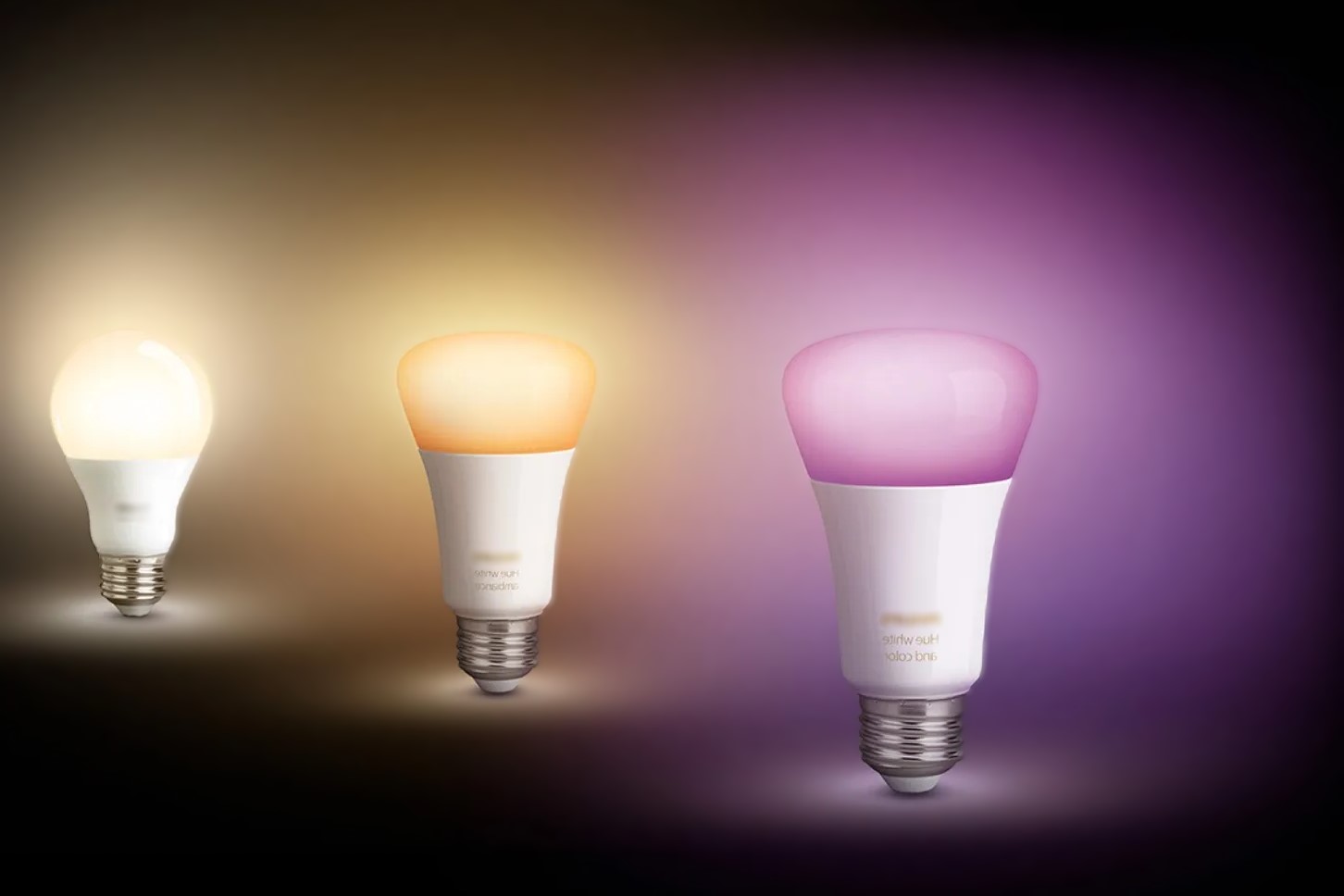

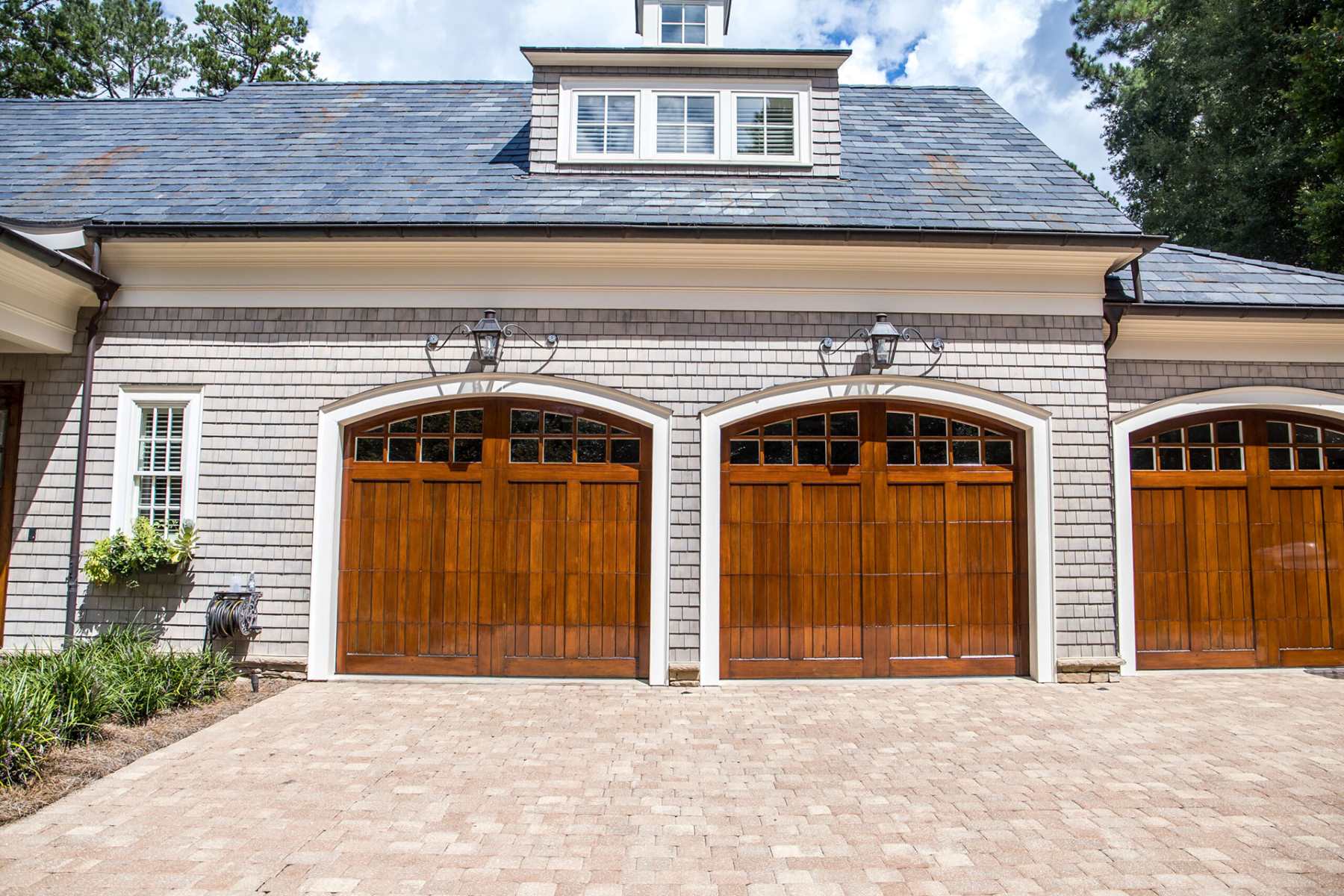
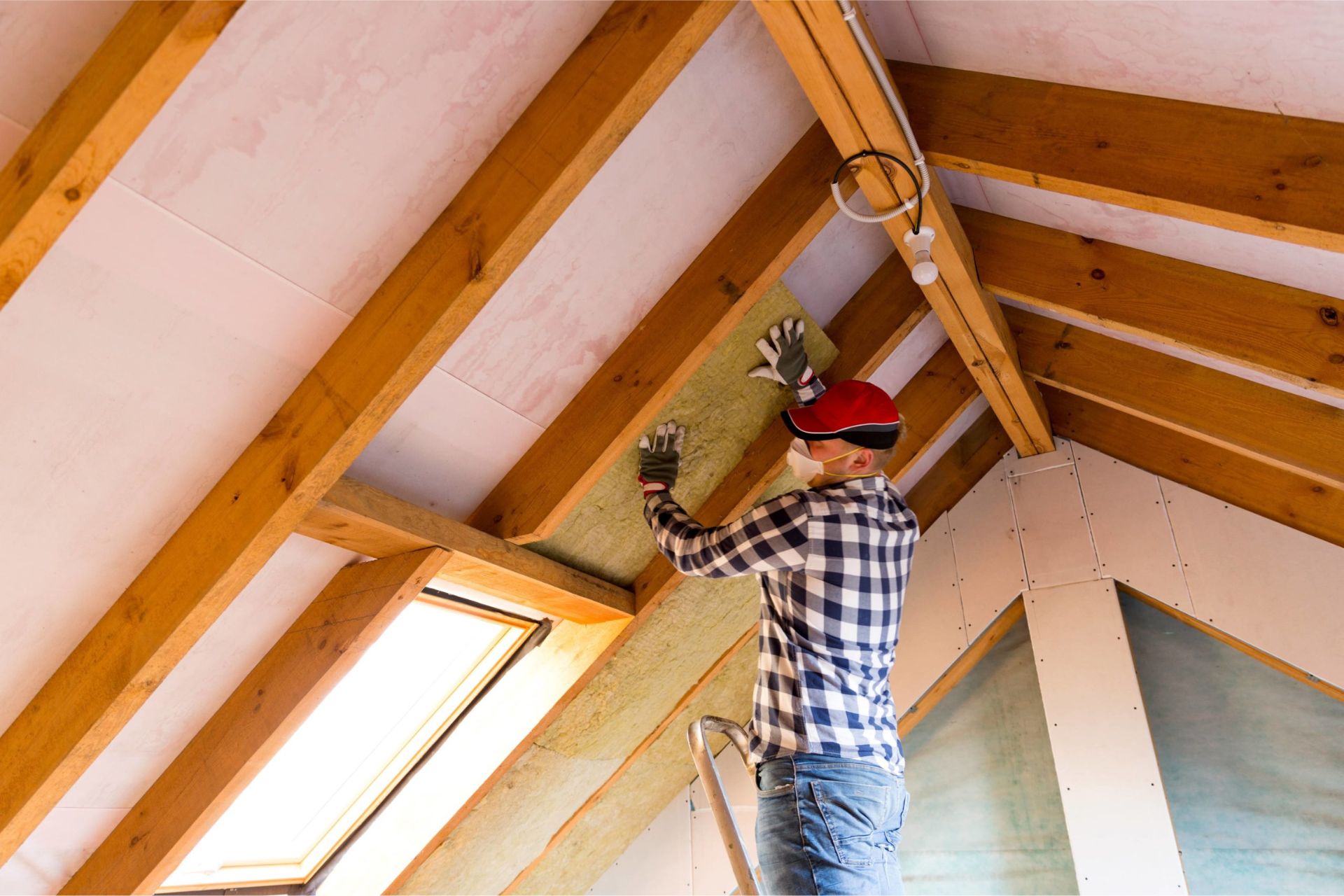
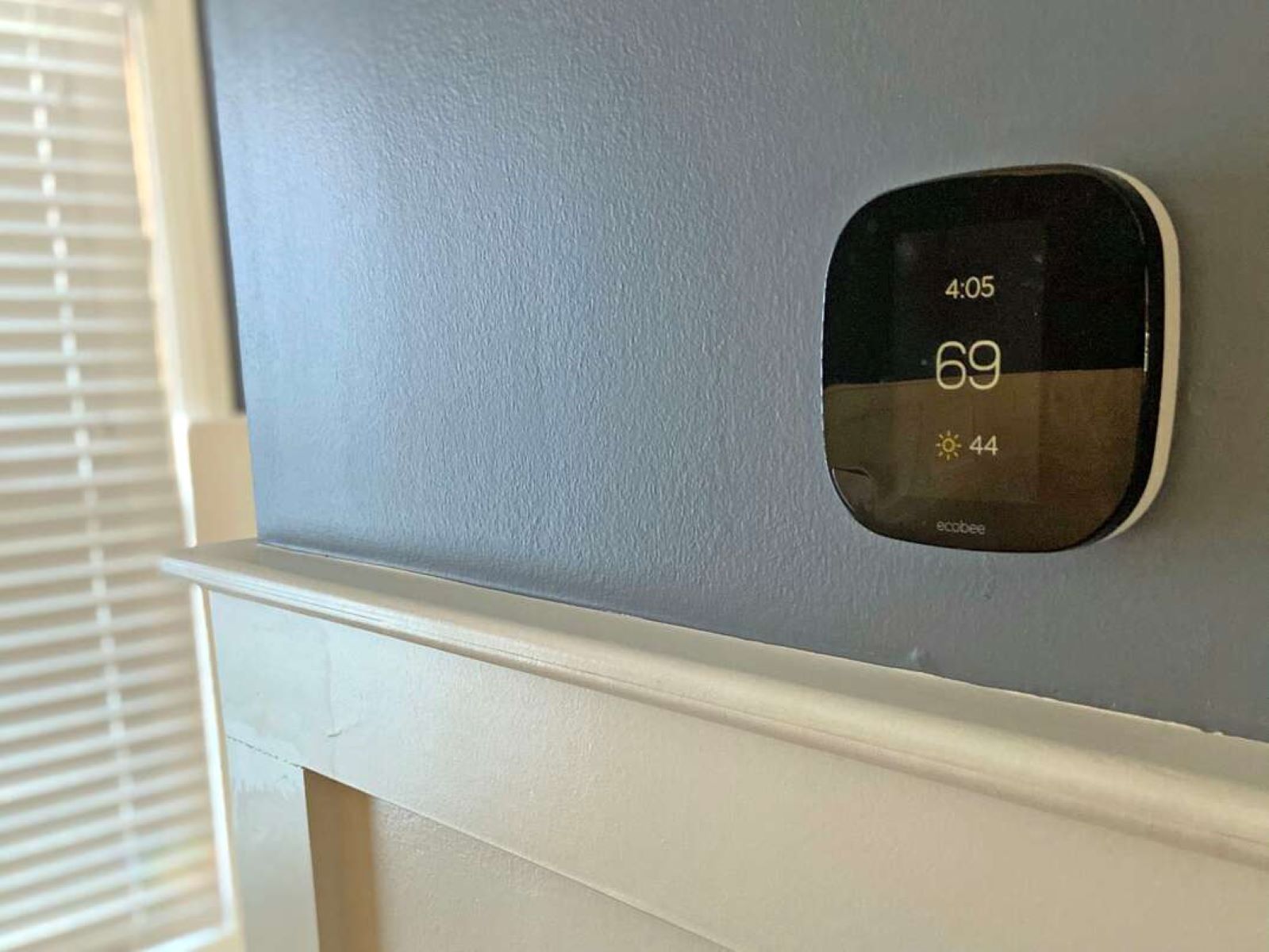

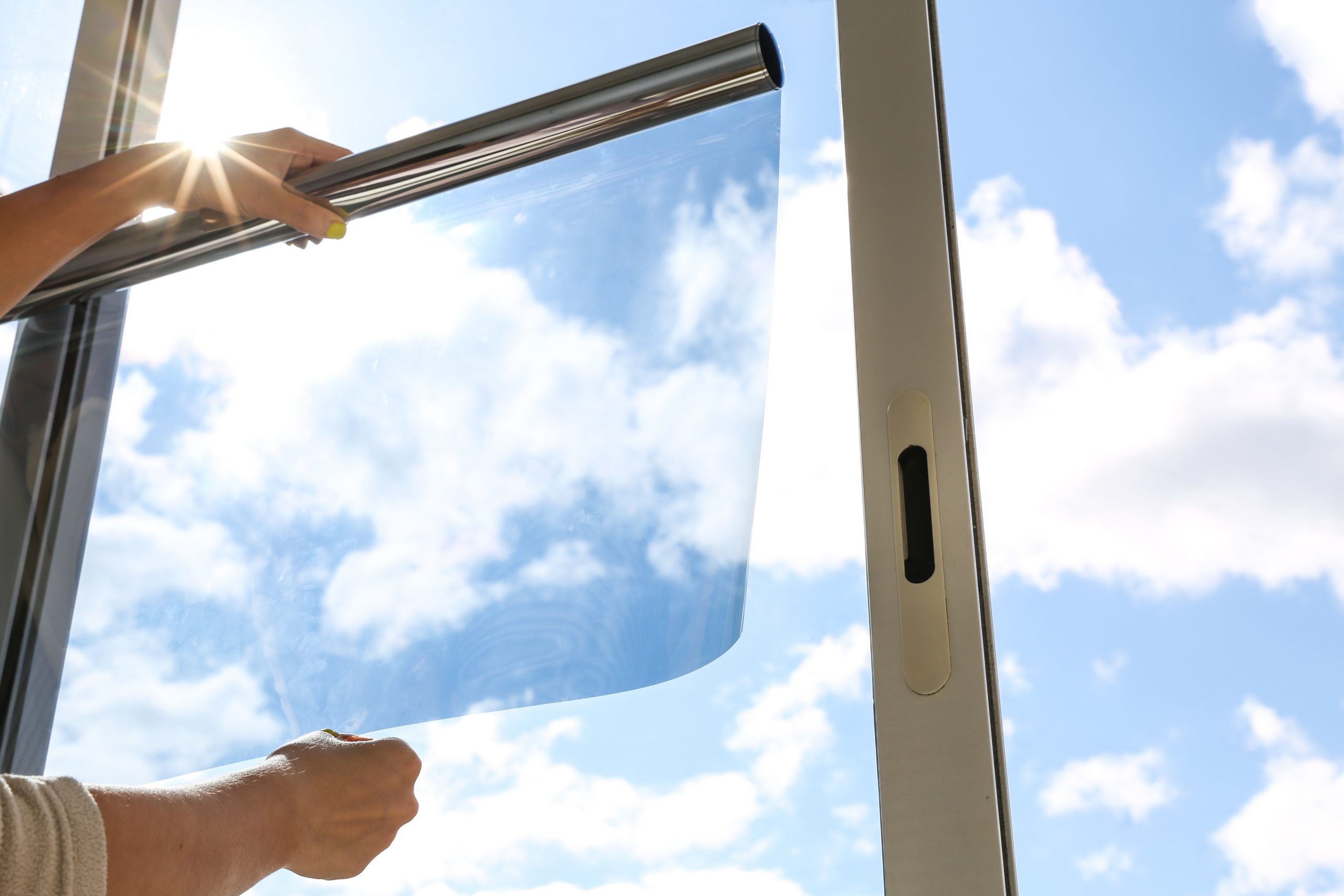
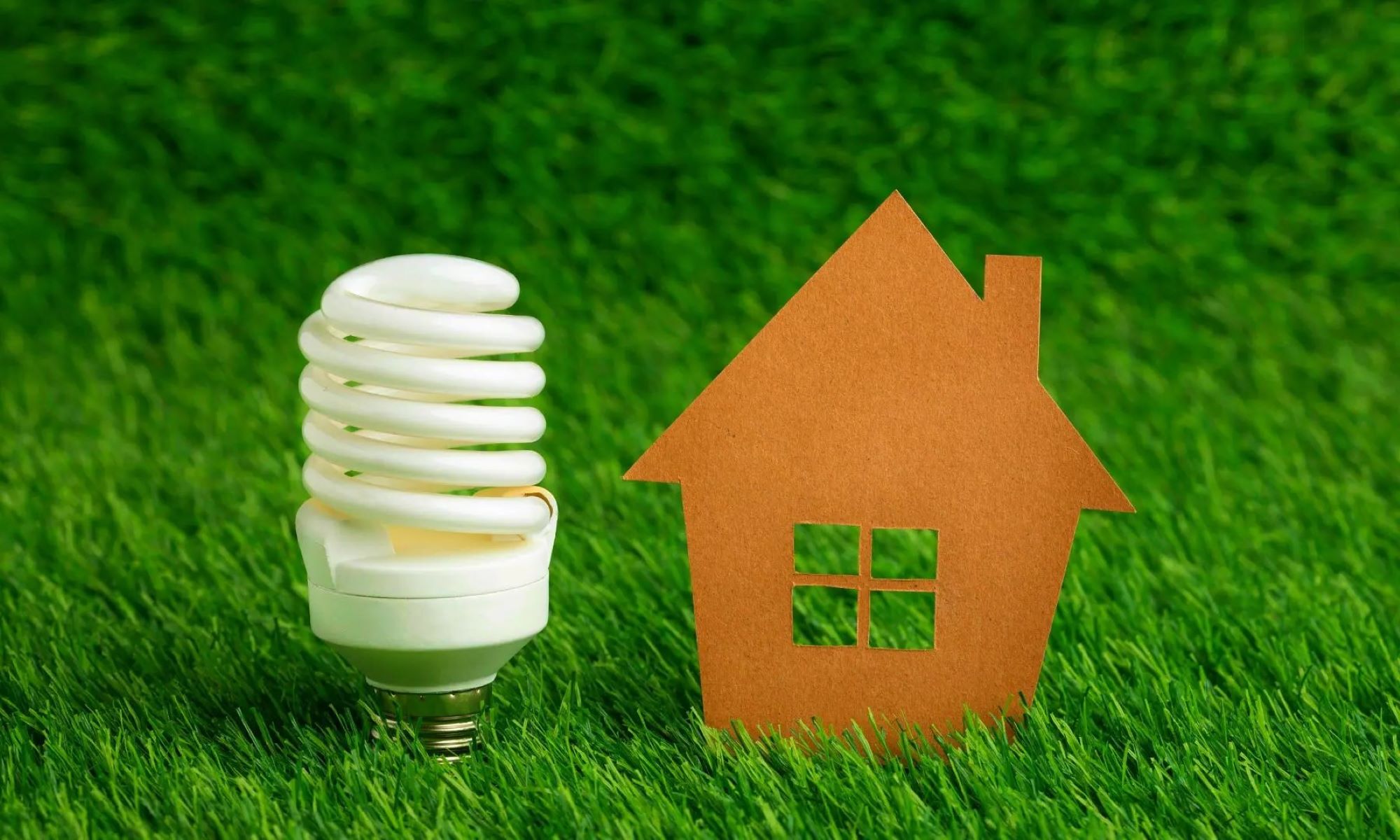
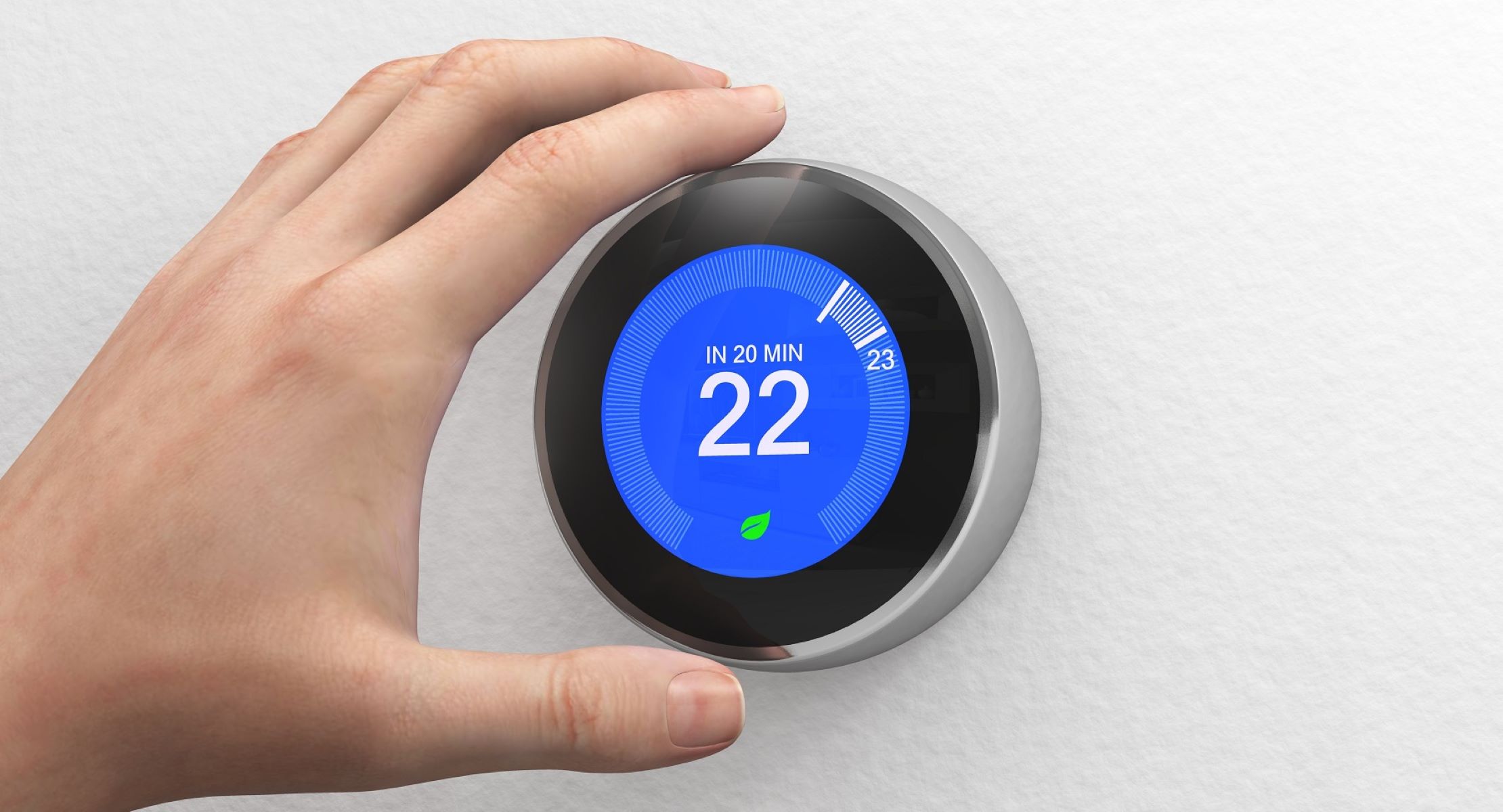

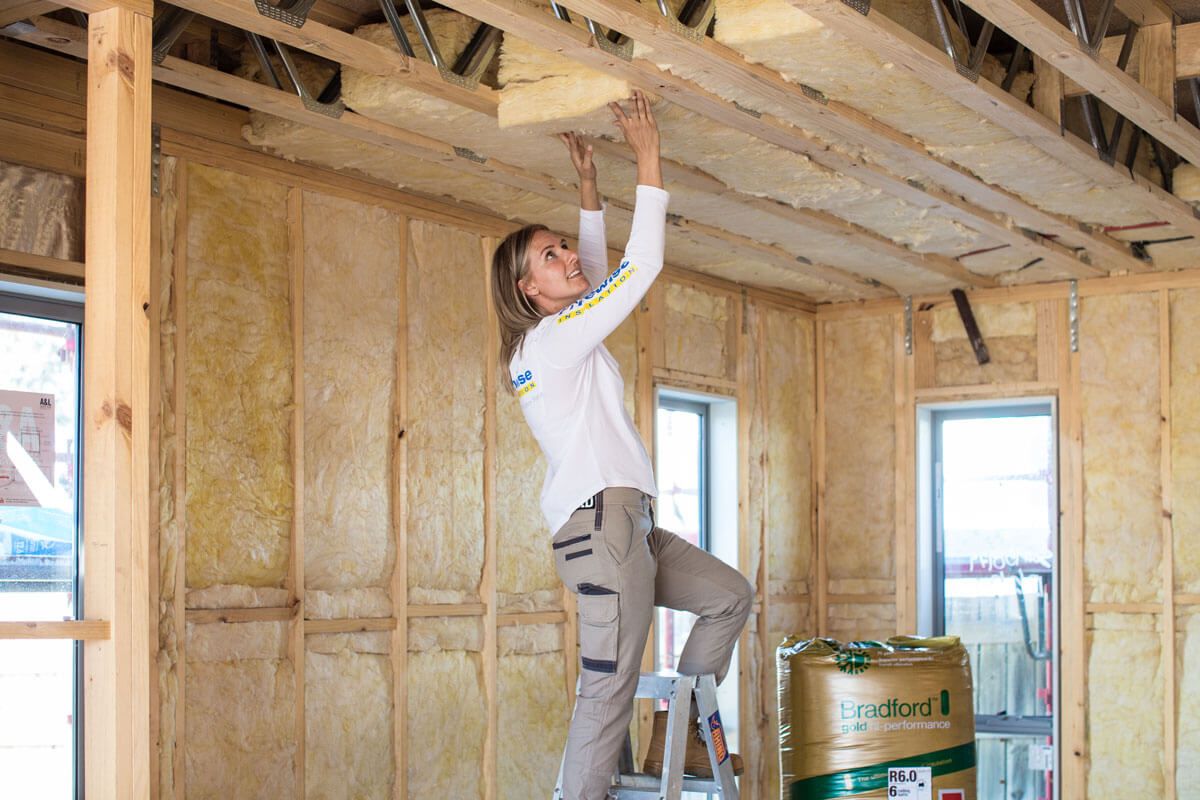
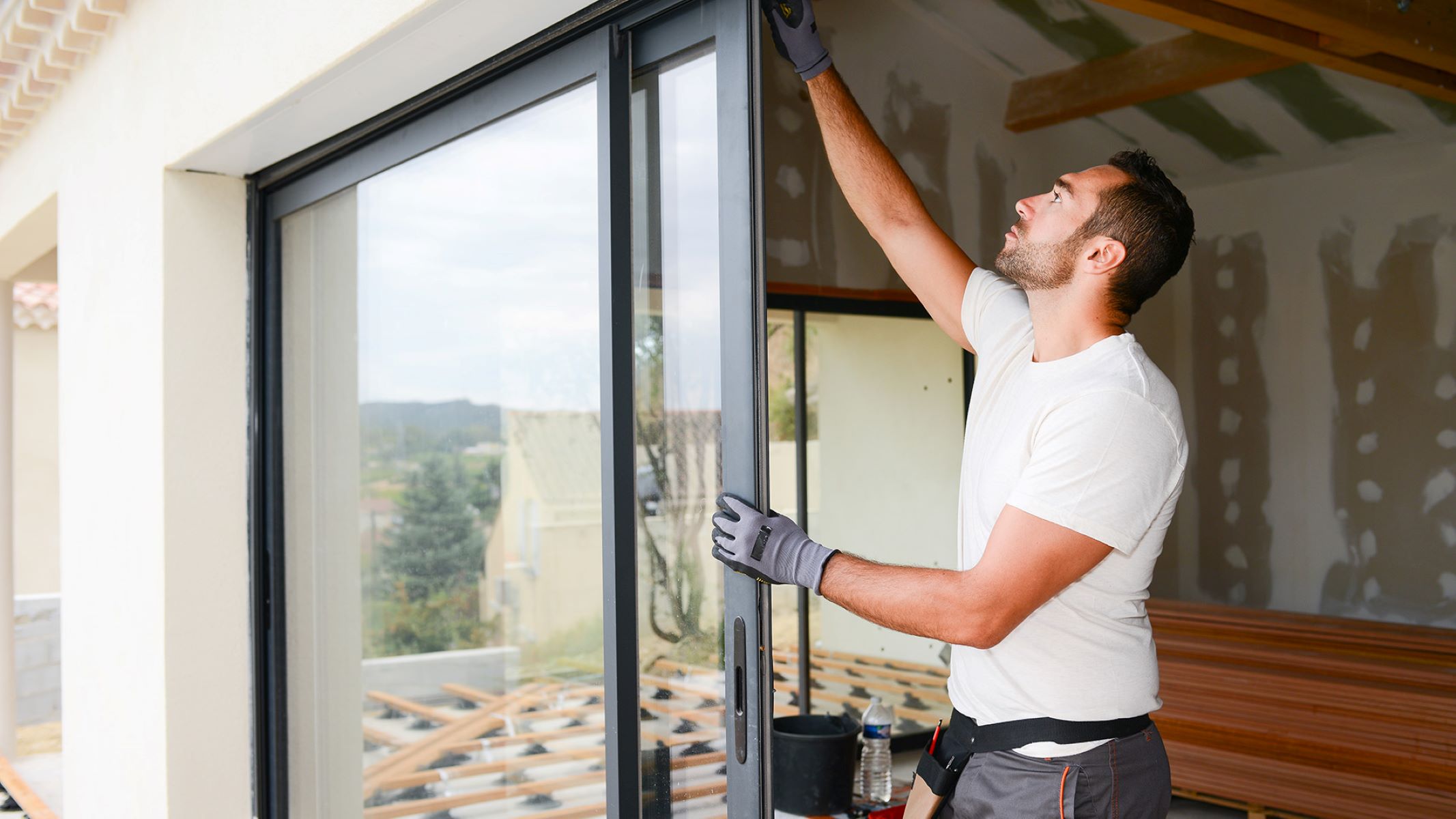
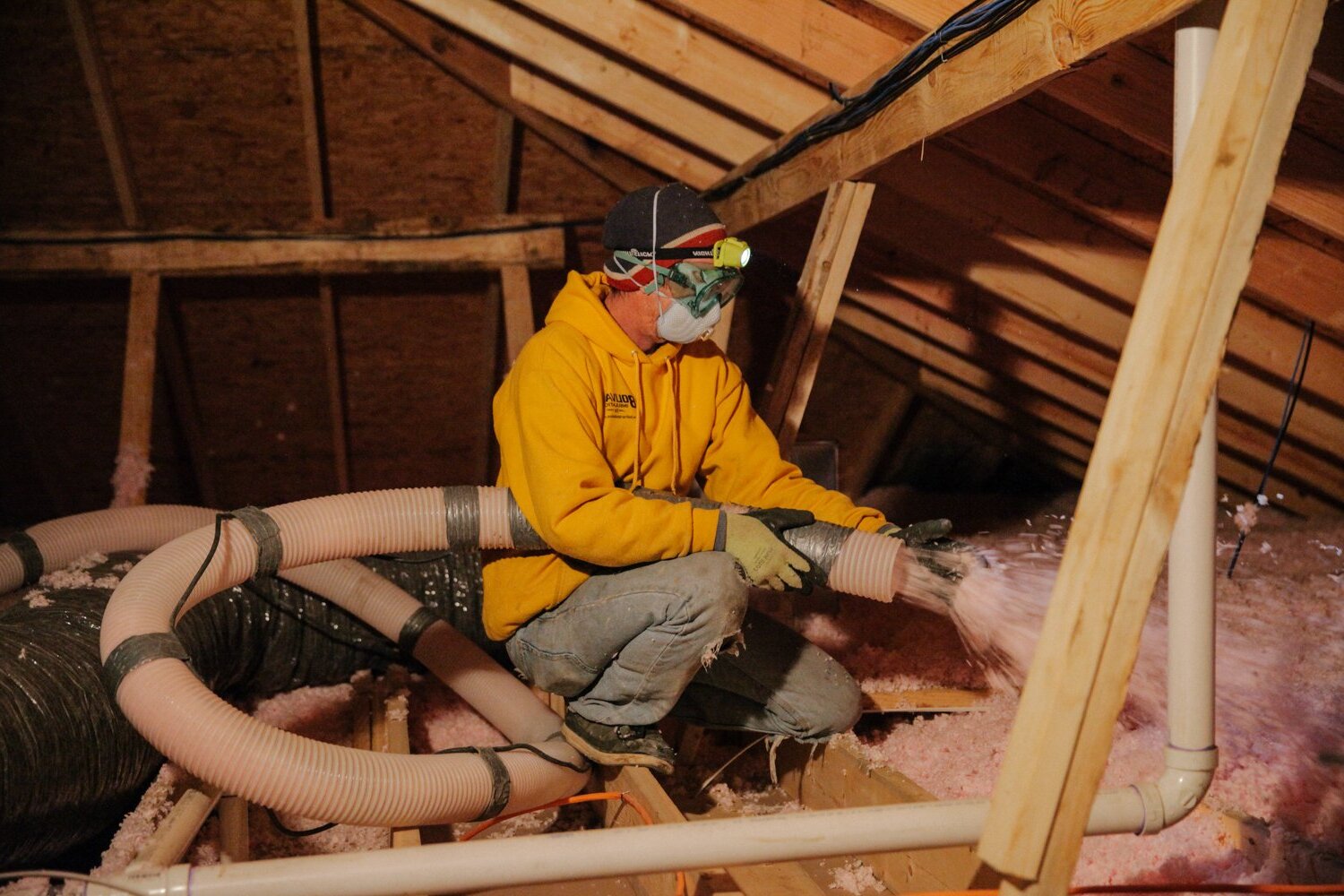

0 thoughts on “Upgrading Your Home’s Doors For Better Energy Efficiency”